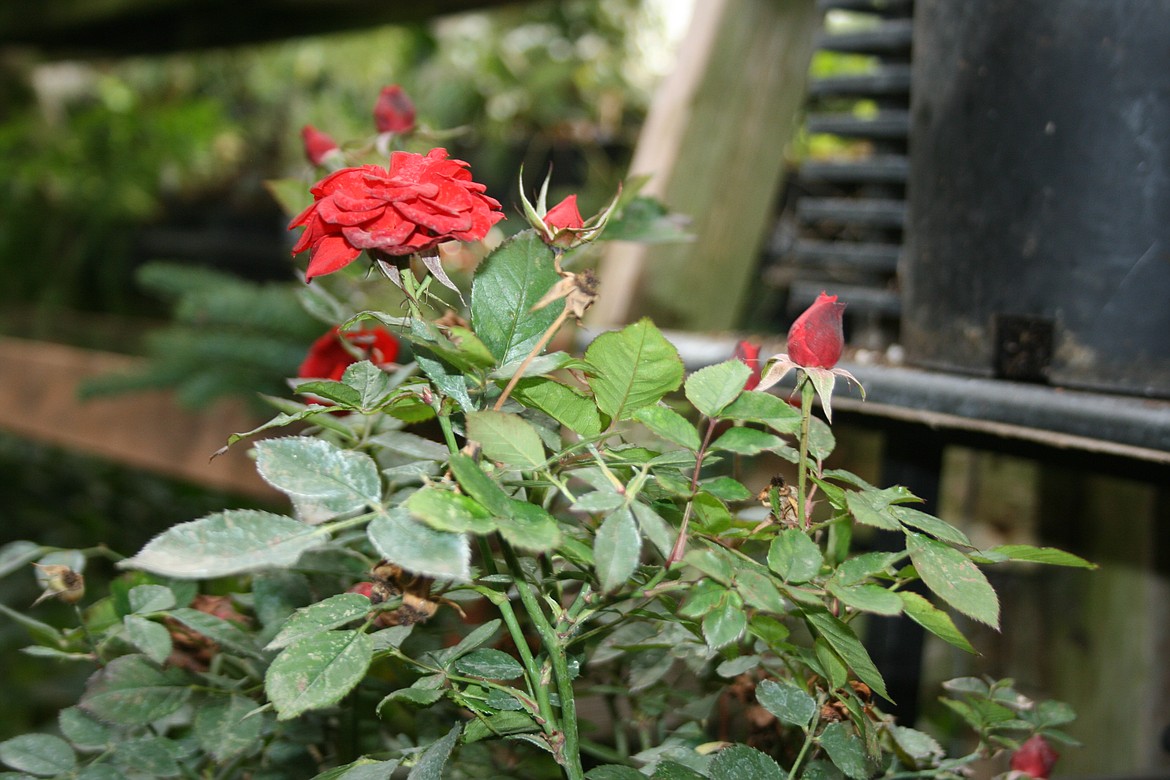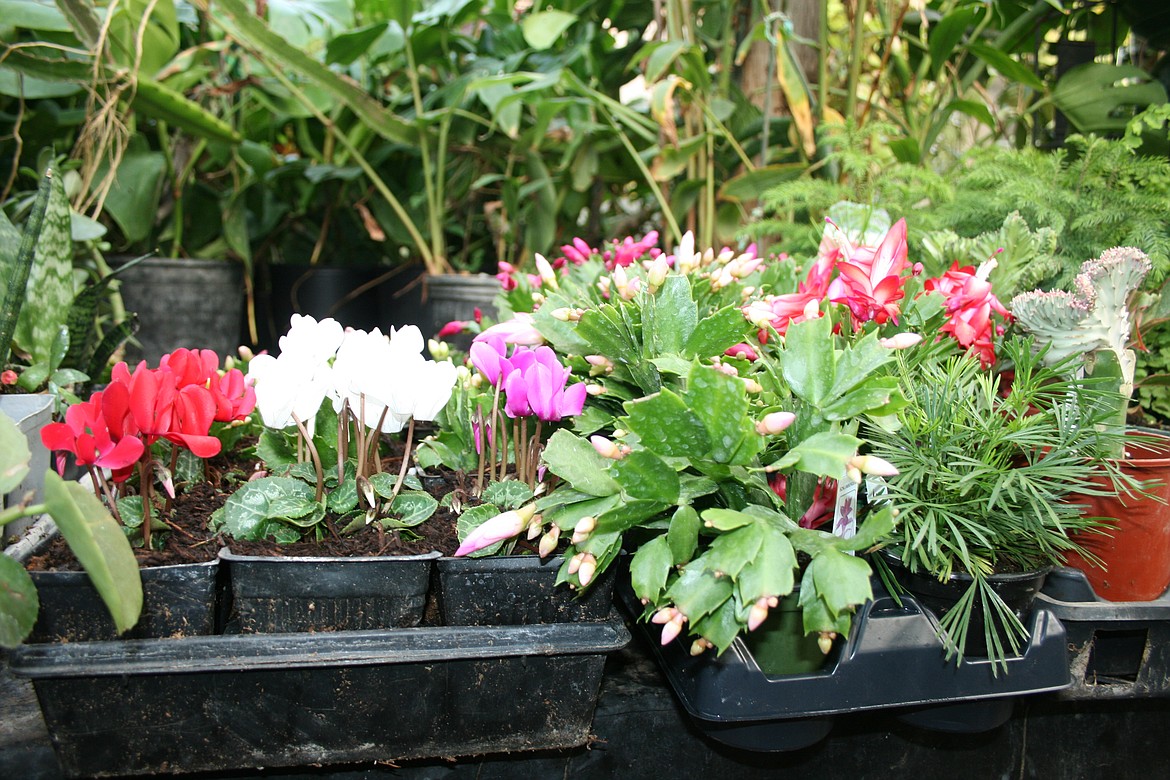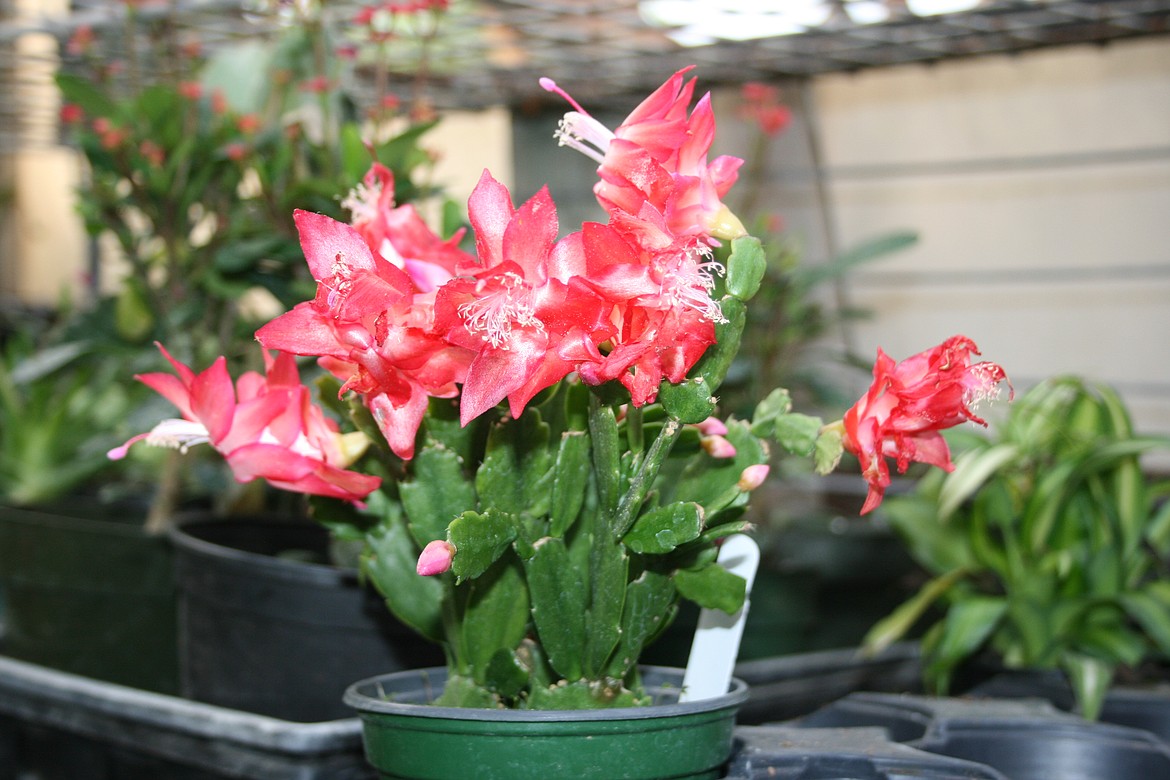Weather wise: Caring for plants over the winter
MOSES LAKE — When winter weather arrives, outdoor potted plants need some attention if they are to survive through the winter. But not all plants will need the same kind of care, according to Karen Edwards, owner of Edwards Nursery in Moses Lake, for more than 40 years.
Become a Subscriber!
You have read all of your free articles this month. Select a plan below to start your subscription today.
Already a subscriber? Login







